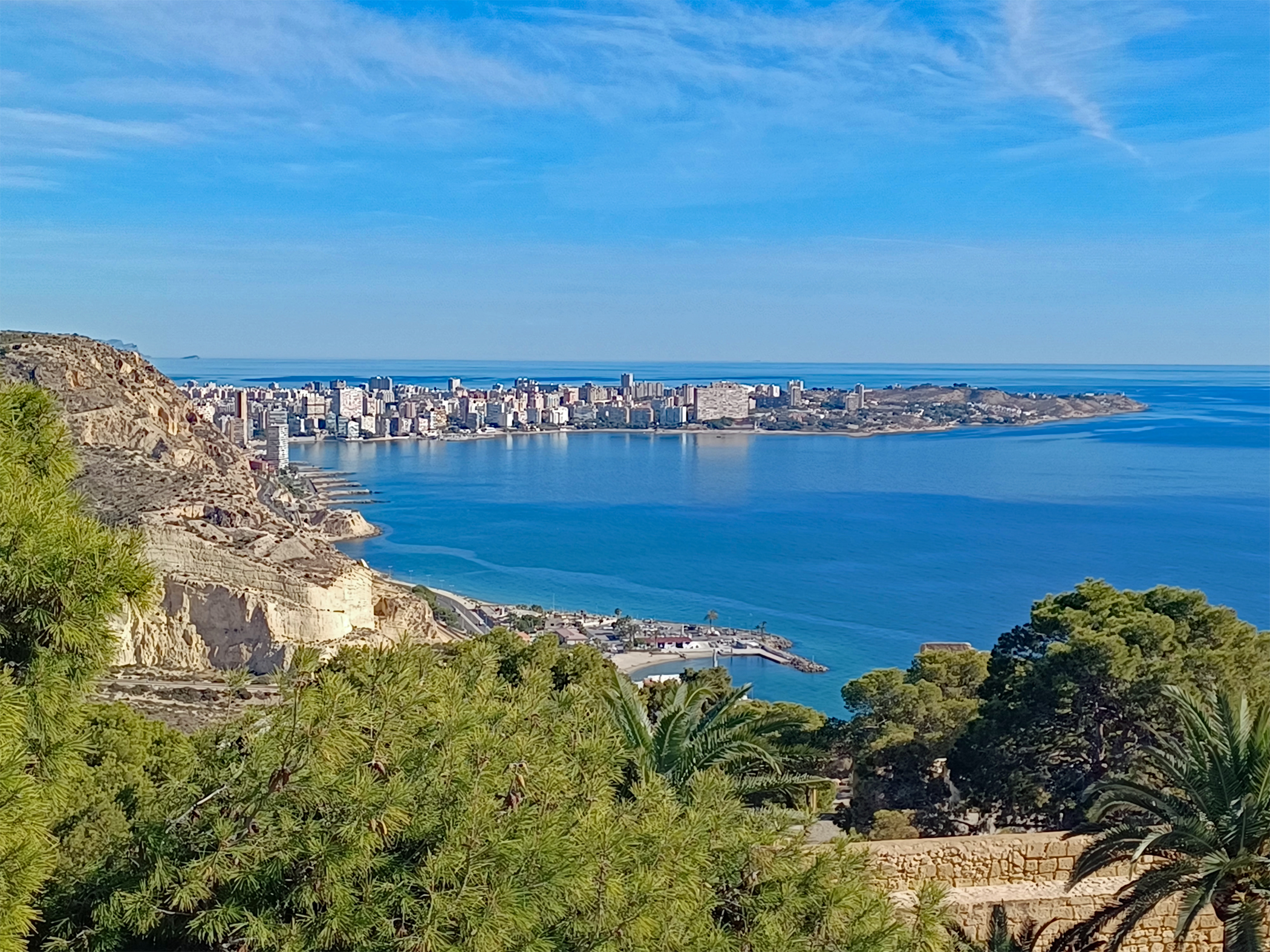Alicante has been an important strategic military location on the Mediterranean coast of Spain for centuries. On a rocky outcrop, over 500 feet above the town, sits one of the most important structures in Alicante, the Santa Barbara Castle. The castle/fortress sits high atop Mount Benacantil, over 500 feet above the town.


The oldest parts of the castle were constructed in the 9th century during Muslim control of the Iberian Peninsula between 711 and 1296. Alicante was by Christian forces of the Castilian King Alfonso X. It was then part of the Kingdom of Valencia.



In 1691, the French attacked the castle and later the British, who held the fort for three years during the War of the Spanish Succession (1701-1714).
Beginning in the 18th century, the castle’s military role began to decline, and it was occasionally used as a prison. Once the Spanish Civil War came to an end in 1939,
it was used briefly as a prison and concentration camp during the Franco regime. Here, you can see where prisoners carved their names into the stone floors.


The castle was abandoned until 1963, when it was opened to the public as a tourist attraction. To visit, walk down the town’s promenade away from the port. You will find signs directing you to the entrance. I believe it was about 3 euros to enter and then if you want a guided tour, it was another 3 euros at the gift shop. The history is very interesting, and the views are stunning!



Next, we were off to another of the main attractions in Alicante, the Basilica de Santa Maria. The basilica is within walking distance of both the port and the castle. You can see a photo of it in the slide show above. It is the domed building in the center of the fourth photo.


Though the basilica is fairly small compared to most basilicas it doesn’t make it any less interesting. The basilica is the oldest active church in Alicante and was built between the 14th and 16th centuries over the remains of a Muslim mosque. After Christian forces conquered the area, the mosque remained until around 1334, when the town’s first Catholic church was constructed on the mosque’s remains. That church remained there until 1492. Then, a second church was larger and was built and completed in 1556, but it collapsed in 1672 due to heavy rains.



Construction on the church began in 1672 under the supervision of the master builder Francesc Verde and was completed in 1784. By request of the city of Alicante, the church was promoted to the rank of basilica in 2007.



The new church was built as a Latin cross with a large central nave and four chapels on each side. Over the transept, a large dome is covered on the outside by blue tiles, which you can see in the picture below. The dome also serves as part of the setting for the church’s annual presentation of The Mystery Play of Elche.



It was a lovely day in Alicante, and we were planning on making the Central Market our next stop, but we were too tired. So, back to the ship we went. If you go there on a cruise, there is plenty to do on your own at minimal cost. I would love to go back there and do some more exploring; it was a great place to visit!









